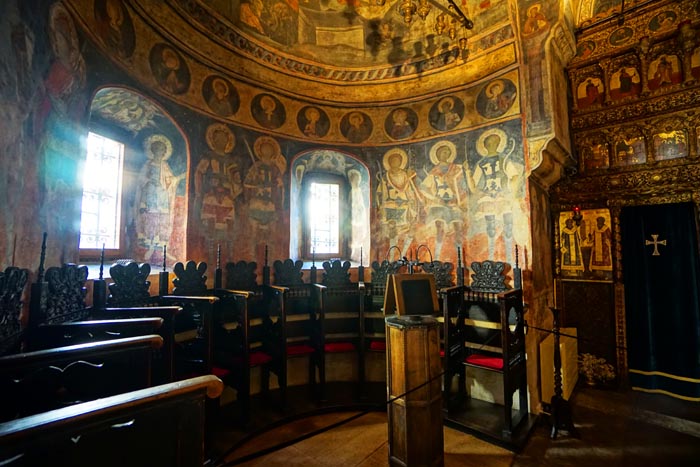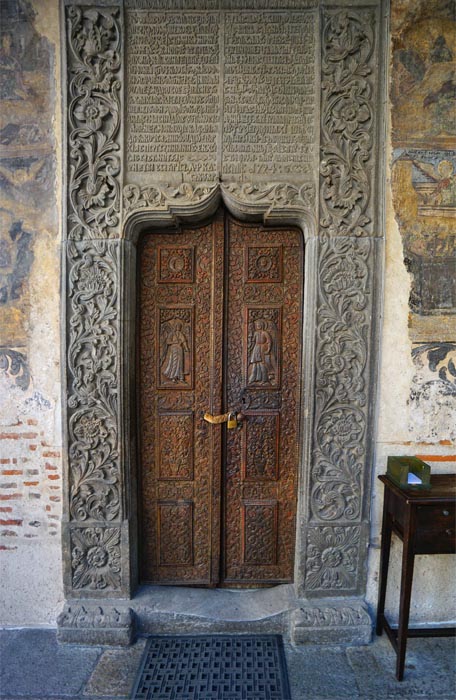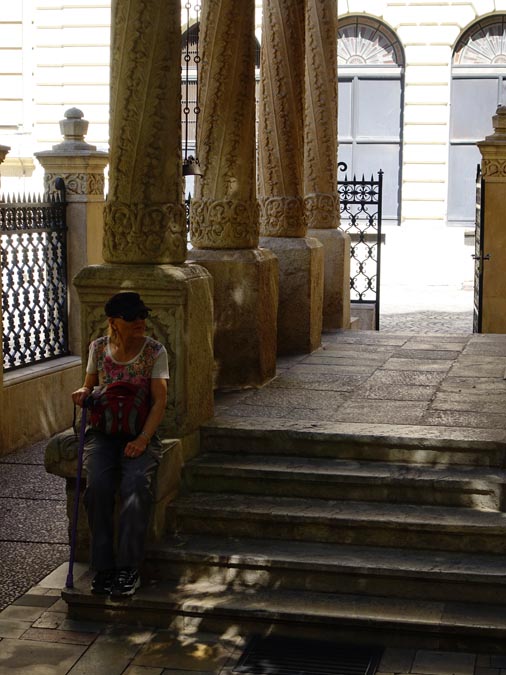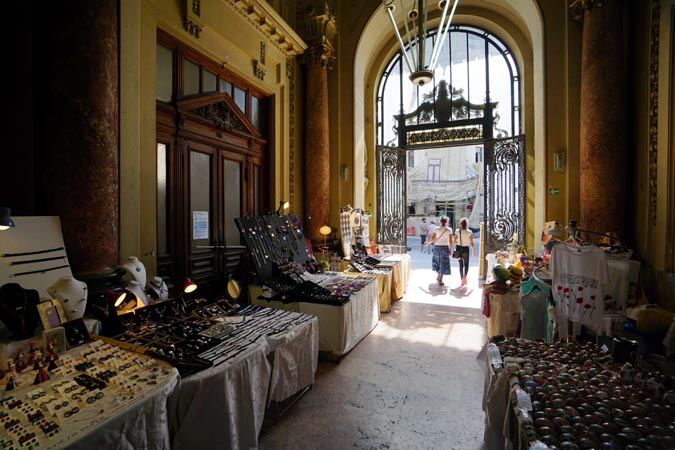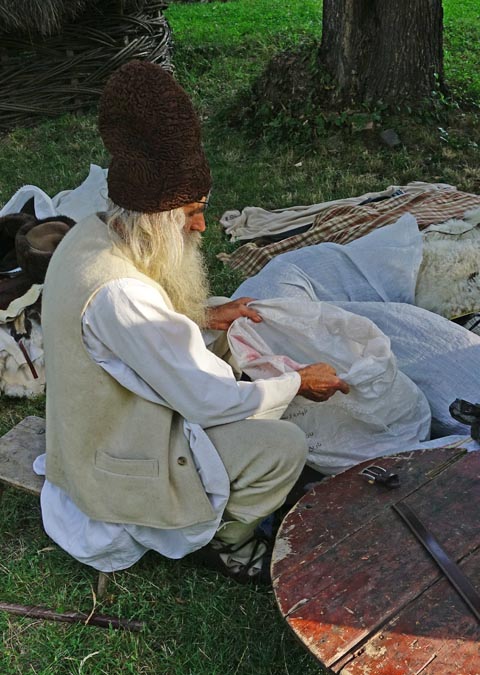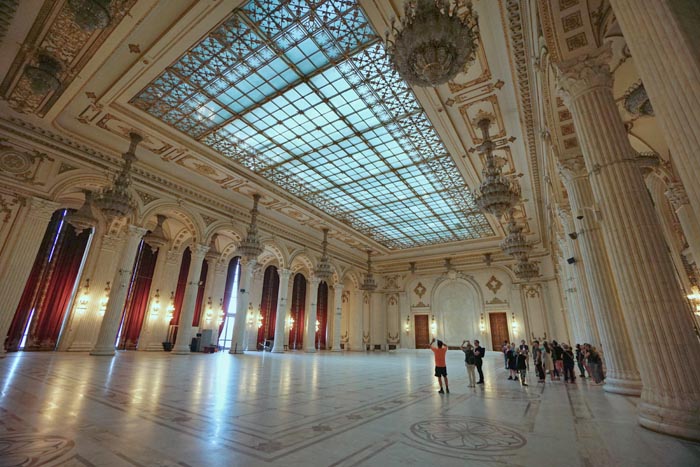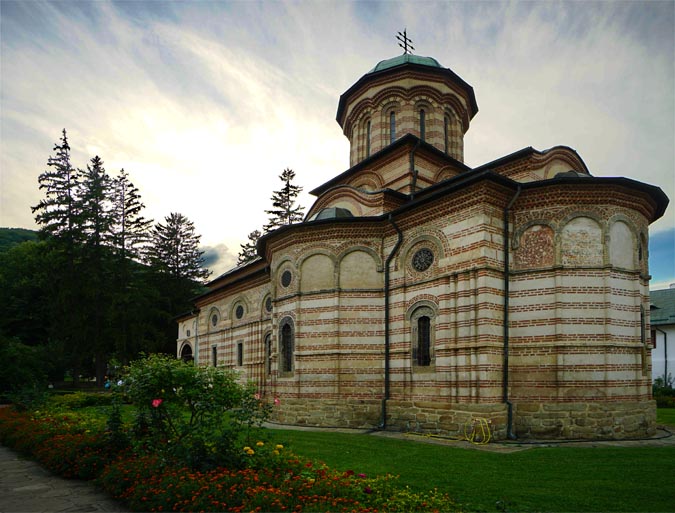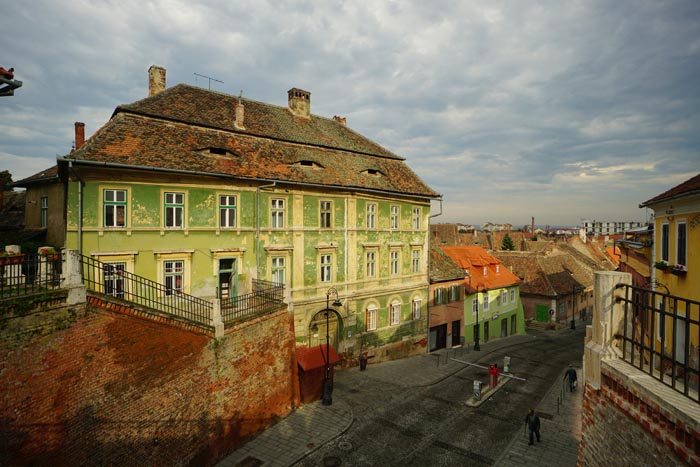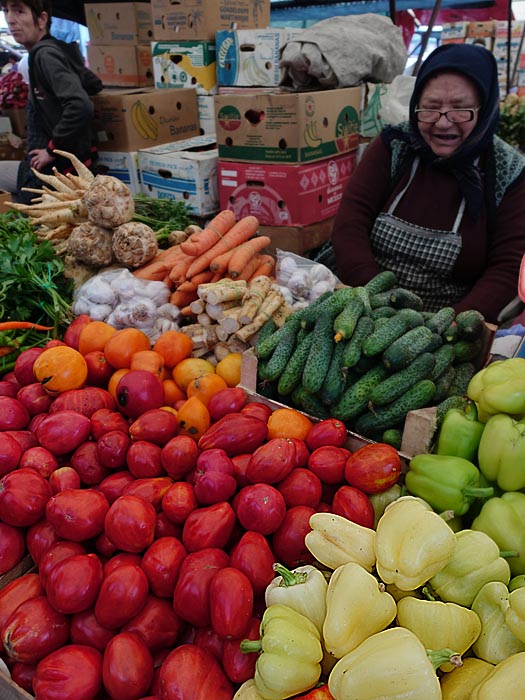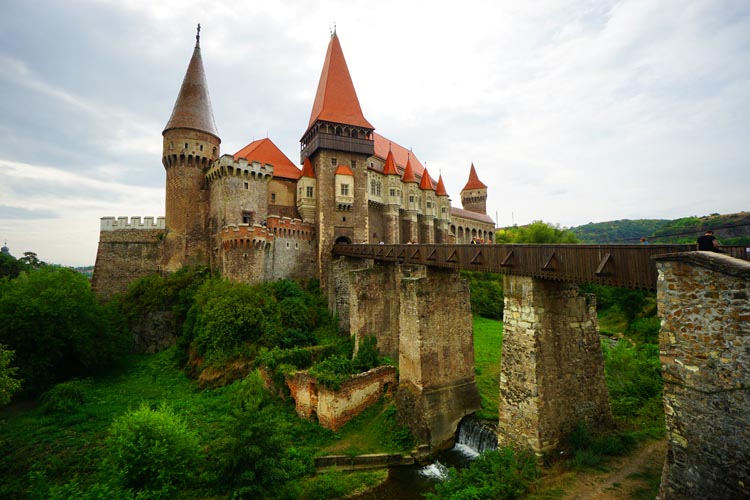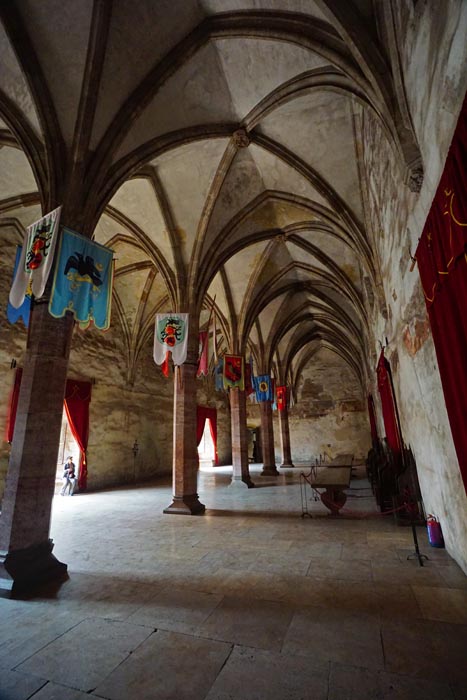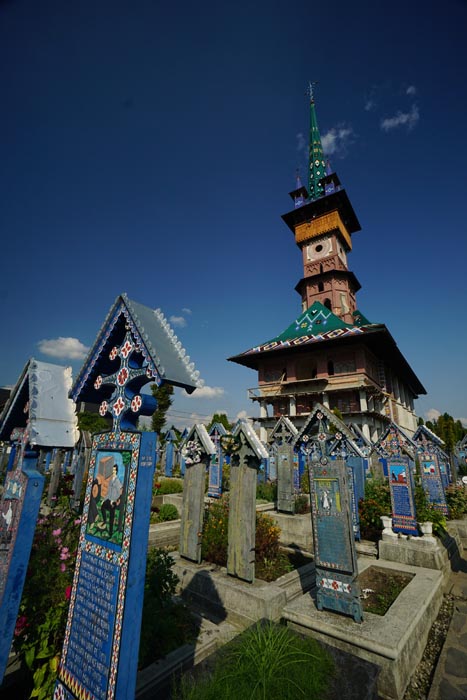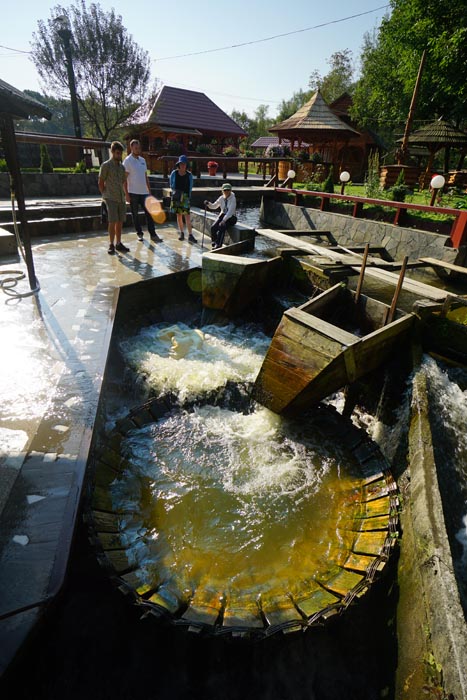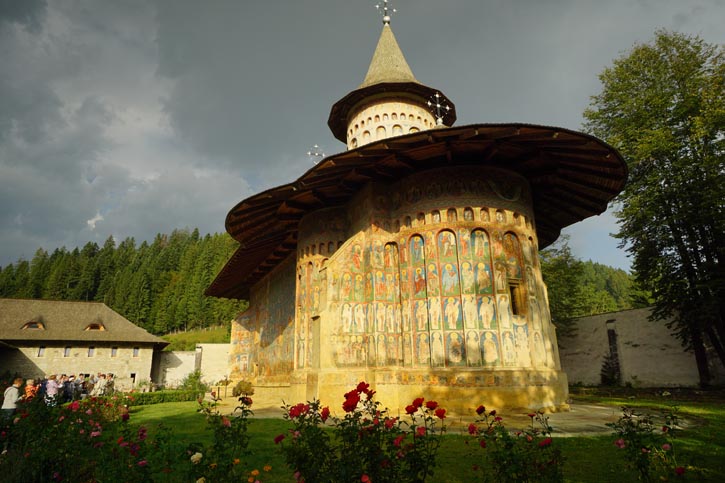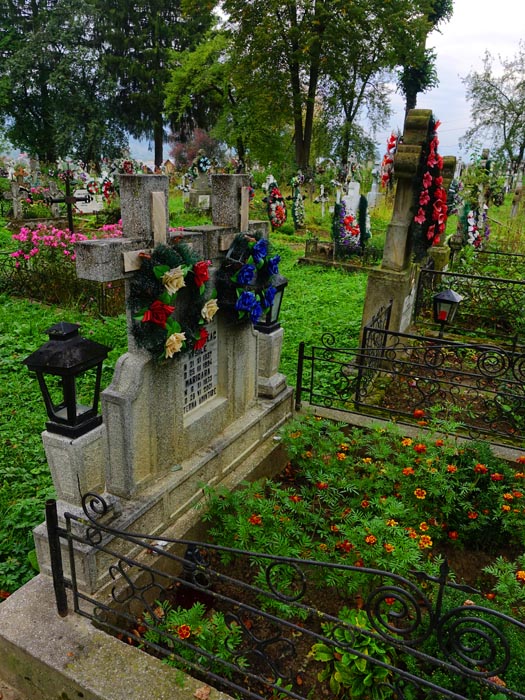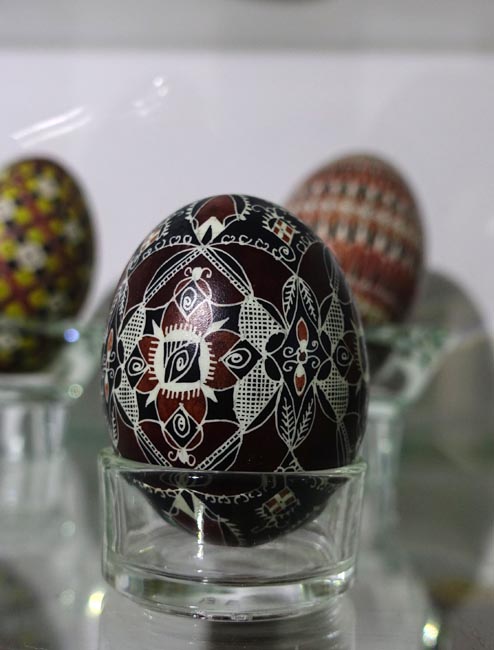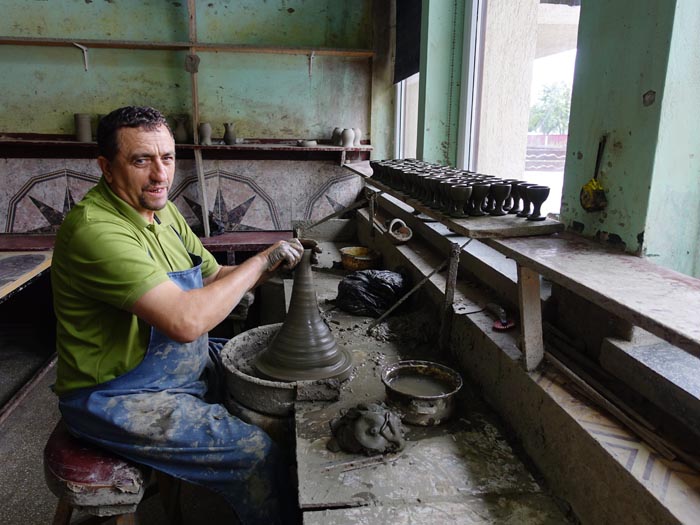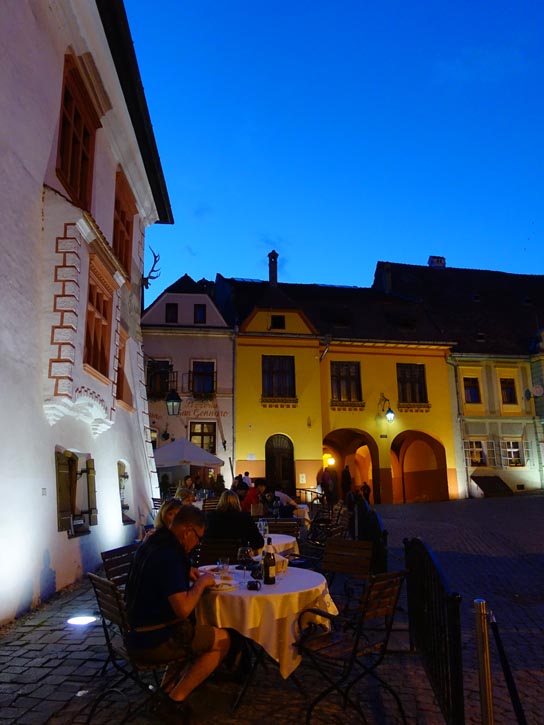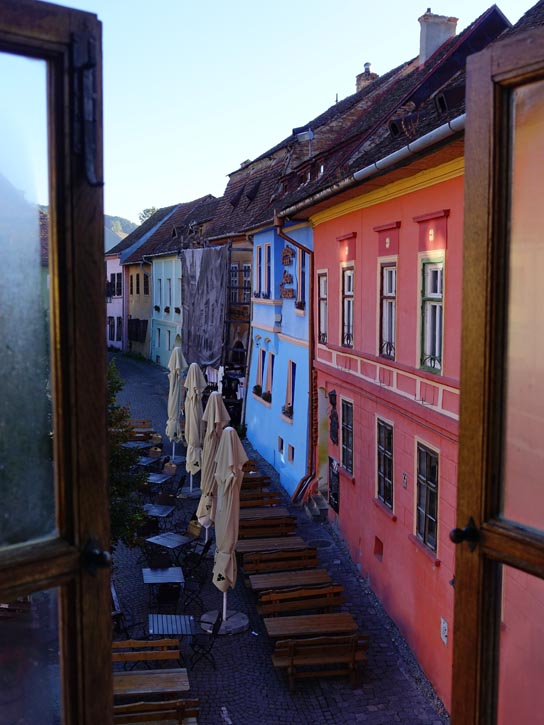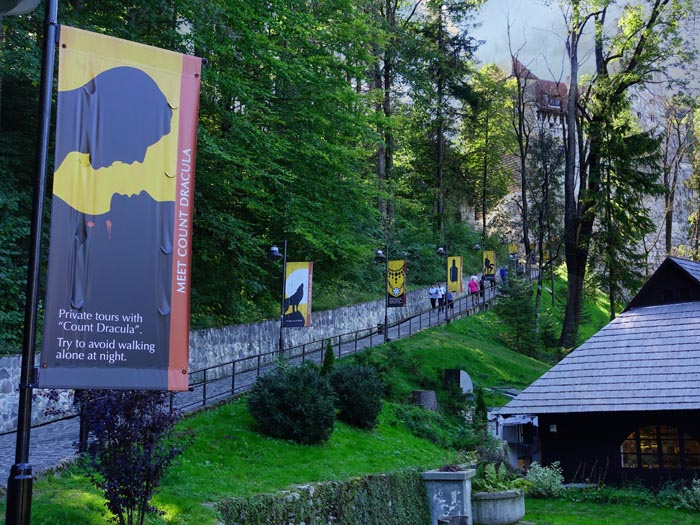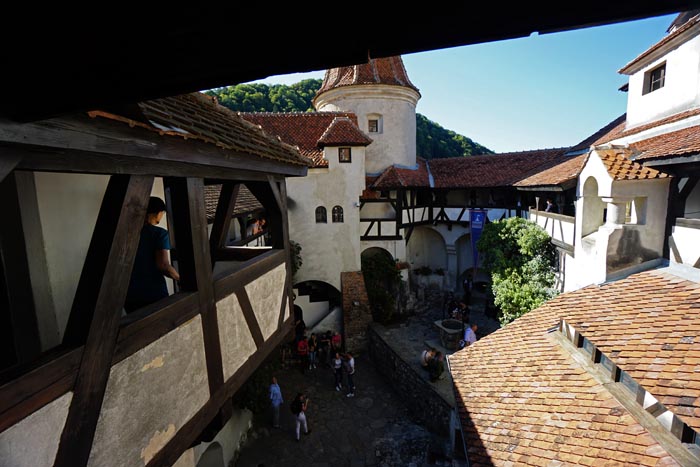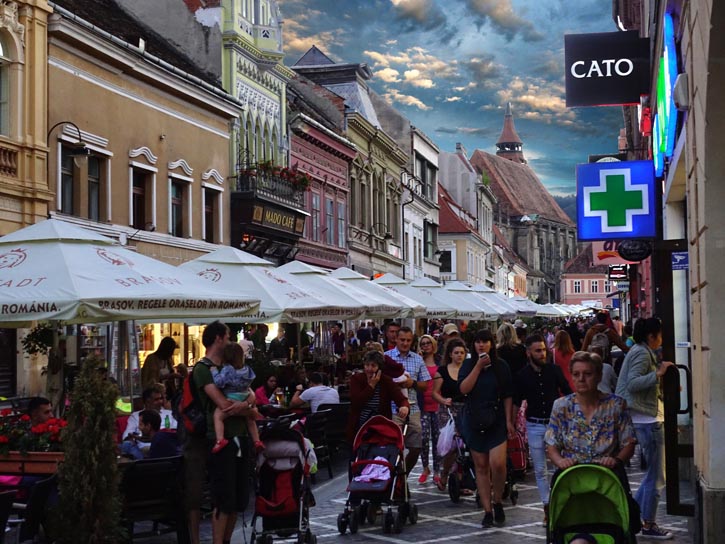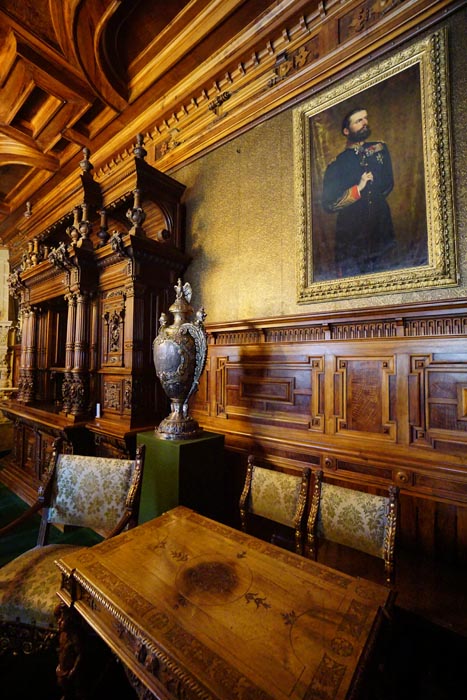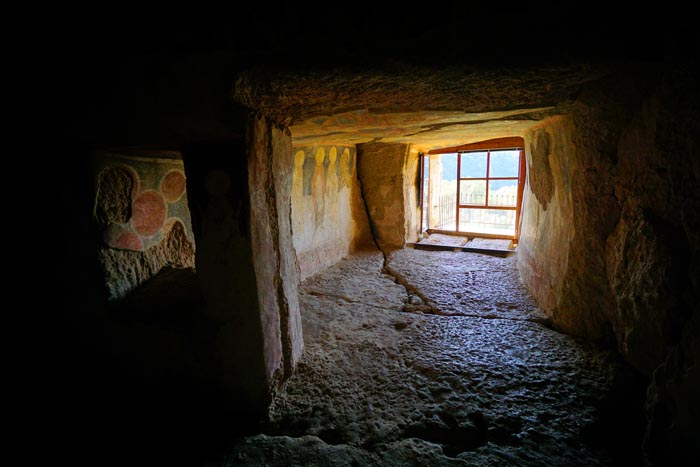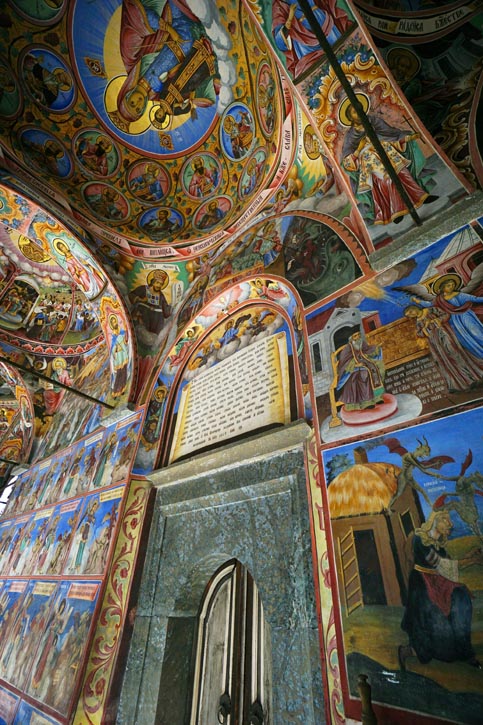Some comments:
Romania has it's own language based on the Greek alphabet, so we could mostly read the signs. But when we got into Bulgaria, it was Slavic and based on the Cyrillic alphabet and we were completely lost. From our guide there I sense that while having European affinity, they are none the less somewhat
sympathetic to the Russians, due in part to language similarities & shared cultural histories. It was with some heroics on our part that we made the last connection in Paris. One hour is just barely enough if everything goes right, and it seldom does. So beware for those making
flight connections via Expedia etc. as we now feel 90 minutes should be the minimum.
As usual, it was with some effort that I reduced the 1500 pictures I had to about 40 something posted here. While we would recommend this trip to anyone, we won't be coming back. If I had to come back, it would be more time spent at fewer places like the charming villages of Sibiu
or Sighisoara for example.
|

